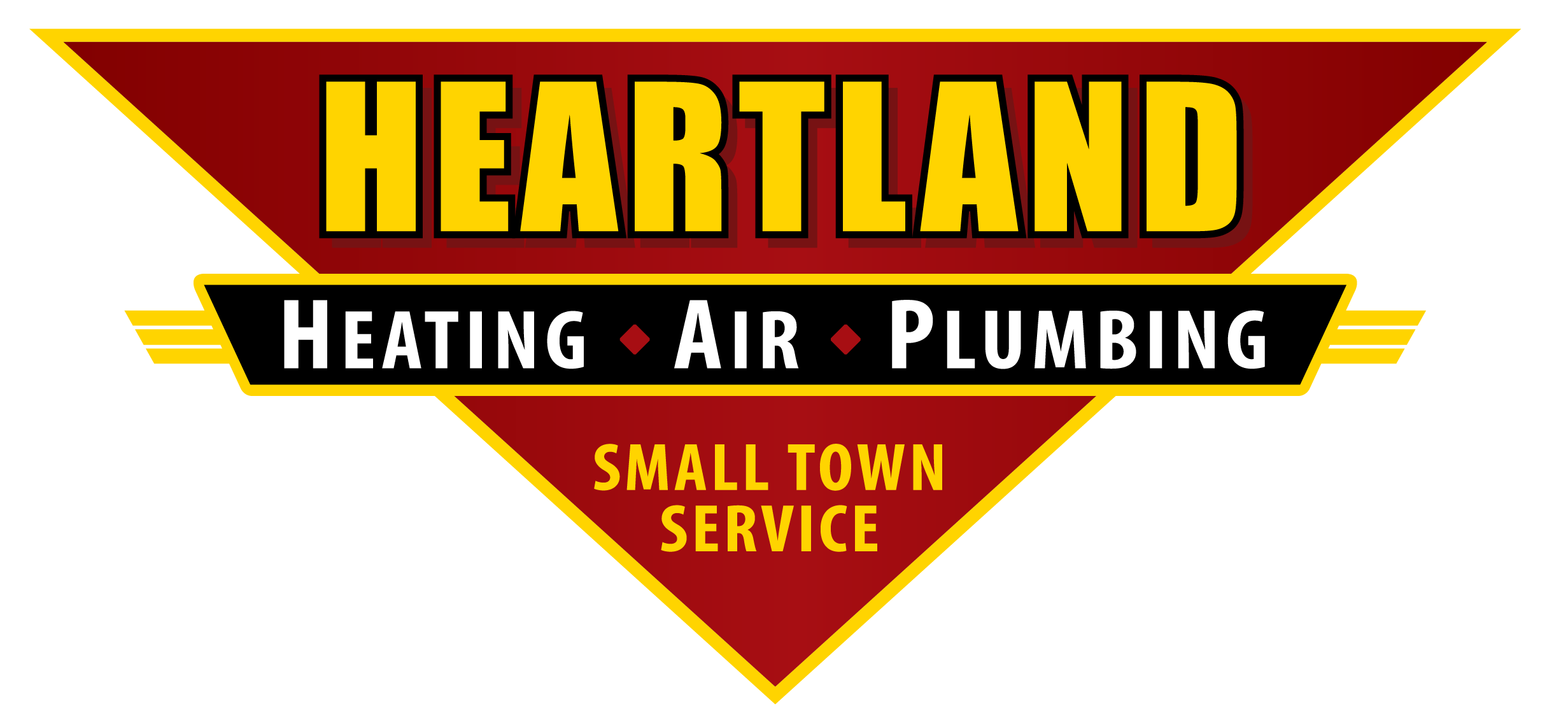When it comes to cooling your home, choosing the right air conditioning system is crucial. Two popular options that homeowners often consider are ductless AC and central AC. No system is right for everyone, so it’s important to know the big differences between a central air conditioning system and a ductless mini-split system so you can make the best choice for your unique situation.
Heartland Heating, Air, and Plumbing installs both central air conditioning systems and ductless mini-split systems. Let’s weigh the pros and cons to see if one system will better solve the home comfort issues you’re having in your Carbondale, IL home.
Ductless AC Pros and Cons
Ductless AC, also known as a mini-split system, is a versatile cooling option that does not require ductwork. Instead, it uses one or more indoor air handling units that are installed on the walls and ceilings of rooms you want to provide heating and cooling for. They are connected to an outdoor unit. If you want your mini-split to only cool a space, it can be connected to an air conditioning unit outside. However, if you want your mini-split to heat and cool your room, then it can be connected to a heat pump.
Some advantages to having ductless mini-split systems installed around your home are:
- Energy Efficiency: Ductless systems allow for zone control, enabling you to cool specific areas of your home. This targeted cooling can result in energy savings and lower utility bills. A lack of ductwork also makes mini-splits highly efficient, as ductwork can lose 20% or more of conditioned air.
- Zoning Capabilities: With ductless mini-splits, you have the flexibility to set different temperatures for individual rooms or zones, catering to the preferences of each occupant.
- Easy Installation: Installing a ductless mini-split HVAC system is relatively simple compared to central AC, as they do not require extensive ductwork. This can lead to faster installation times and reduced disruption to your home.
Despite these benefits, it’s important to consider the following factors:
- Upfront Cost: A ductless mini-split system may have a higher upfront cost compared to central AC systems. However, the energy savings over time can help offset this initial investment.
- Limited Cooling Capacity: While a mini-split system is suitable for cooling individual zones or small to medium-sized homes, it may not be the ideal choice for larger residences that require whole-home cooling. Many homeowners install only one mini-split in a particularly difficult room to cool or an area that is separate from their HVAC system. This often includes recently finished spaces like attics, sunrooms, or garages.
Central AC Pros and Cons
A central air system is a traditional cooling system that uses ductwork to distribute conditioned air throughout the entire home. Central air conditioning systems are probably the most common type of cooling system found around the Carbondale, IL area, and for some good reasons:
- Whole-Home Cooling: Central air conditioning ensures consistent and uniform cooling throughout your entire home, creating a comfortable living environment.
- Temperature Control: A central air conditioner allows for precise temperature control, ensuring that every room in your house remains at the desired temperature.
- Indoor Air Quality Features Available: If you want to incorporate air filtration and purification features to promote cleaner and healthier indoor air, you can easily add them to a central air conditioning system.
However, there are some downsides to relying on central air for your entire home over a ductless mini-split system. They include:
- Higher Installation and Operating Costs: One of the most significant factors when considering a mini-split vs central air system is the installation and operating costs. Air conditioning units are typically more expensive and also tend to run up energy bills more so than ductless mini-split systems.
- Need for Ductwork: If your home does not already have ductwork in place, installing central AC can be a more complex and time-consuming process, potentially causing more disruption.
How to Choose the Best System for Your Home
When deciding between mini-split vs central air systems, several factors should influence your decision:
Home Size and Layout
The size and layout of your home is a big factor. A ductless mini-split system is often ideal for smaller residences or homes with specific cooling needs, while a central air conditioning system is better suited for larger homes that require whole-home cooling.
Cooling Needs
Zoning is a big plus if your family is constantly fighting over the thermostat setting. If you want to cool certain rooms or areas individually, a ductless mini-split system is the way to go. However, if you need consistent cooling throughout your entire home, a central air system might be the better choice.
Energy-Efficiency Goals
If energy savings and reducing your carbon footprint are priorities, a ductless system is much more energy efficient than a central air conditioning system.
Budget Considerations
Compare the initial investment and long-term operational costs of both systems. While a ductless AC may have a higher upfront cost, central AC can lead to higher energy bills over time.
Talk to Heartland to Find Out Which Home Comfort System Would be Best For You
In the end, the decision between ductless AC and central AC depends on your unique circumstances. Both options offer their own set of advantages and considerations. There is no rule that says you can only choose one over the other. In fact, many Carbondale homeowners have both installed in their homes! They might use a central air conditioning unit for most of their home but have a ductless mini split system to keep their workshop cool.
Don’t make an important decision about your home’s comfort on a whim. Talk to Heartland. We can evaluate your home’s layout and listen to your cooling needs to find the best system for you. Contact us today to get started.

